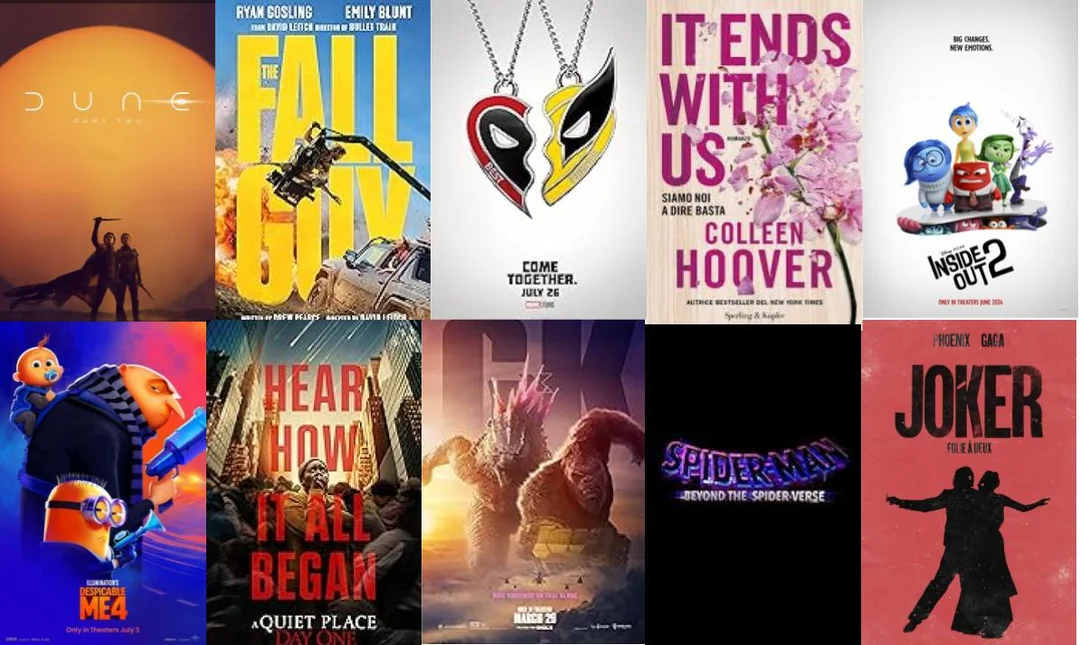Reality television, a genre that began in the early days of television, has evolved into one of the most popular and influential forms of entertainment. From its humble beginnings to becoming a global phenomenon, reality TV has continued to adapt and captivate audiences. As we move further into the 2020s, many are wondering: what’s next for reality TV? Let’s take a journey through its evolution and explore what the future may hold for this genre.
1. The Birth of Reality TV: A New Genre Emerges
Reality TV began to take shape in the 1940s and 1950s, but it wasn’t until the 1990s that it became a mainstream force in television. Shows like The Real World (1992) on MTV, often credited as the first true reality TV show, set the stage for a new form of entertainment. The format, which followed a group of strangers living together and documenting their lives, was revolutionary at the time and laid the foundation for countless other shows that followed.
During the 1990s and 2000s, reality TV exploded in popularity, with shows like Survivor (2000), Big Brother (2000), and The Amazing Race (2001) capturing large audiences. These shows often involved competitive elements, requiring contestants to participate in challenges for prizes or recognition.
2. The Rise of Competitive Reality TV
The 2000s marked the golden age of competitive reality TV. Audiences were drawn to shows that combined drama with competition, such as American Idol (2002), The Voice (2011), and The Bachelor (2002). These programs not only entertained viewers but also provided a platform for contestants to achieve fame and success in various fields, whether it was music, dating, or entrepreneurship.
Reality TV during this era also became more polished, with producers fine-tuning formats to increase drama, conflict, and audience engagement. The use of elimination-style competitions and storylines involving personal relationships and rivalries kept viewers hooked week after week.
3. The Explosion of Social Media and User-Generated Content
The rise of social media platforms like Facebook, Twitter, and Instagram in the late 2000s and early 2010s had a profound impact on reality TV. Contestants on reality shows quickly became internet celebrities, gaining massive followings that extended far beyond their TV appearances. Reality TV shows, in turn, began to leverage social media to connect with viewers in real time, enhancing engagement and creating a sense of community.

Shows also began to encourage fans to interact with the contestants and vote for their favorites, with platforms like Twitter and Facebook becoming integral to the viewing experience. Social media gave reality TV shows unprecedented visibility, allowing them to reach a global audience and stay relevant long after the episodes aired.
4. The Celebrity Reality TV Boom
As the genre evolved, reality TV increasingly began to feature celebrities, blending the world of reality TV with traditional stardom. Shows like Keeping Up with the Kardashians (2007), The Osbournes (2002), and The Simple Life (2003) showcased the personal lives of celebrities, often in an exaggerated and comedic manner. The success of these shows demonstrated the public’s fascination with the personal and private lives of famous figures.
Celebrity reality TV has continued to be a popular format, with more recent shows such as The Masked Singer (2019) combining celebrity competition with mystery and entertainment.
5. The Shift Toward Digital and Streaming Platforms
As the television landscape has evolved with the advent of streaming services, reality TV has adapted to the new digital era. Platforms like Netflix, Hulu, and Amazon Prime Video have launched their own reality TV series, reaching a more global and on-demand audience. Shows like The Circle (2020), Queer Eye (2018), and Nailed It! (2018) have found success on streaming platforms, offering viewers unique and diverse formats.
Streaming platforms have also given rise to reality TV series with more niche themes and international appeal. For example, Netflix’s Too Hot to Handle (2020) and Love is Blind (2020) captured audiences with their modern take on dating shows, while The Great British Baking Show (2010) appealed to food enthusiasts worldwide. This global reach, combined with the flexibility of on-demand viewing, has given reality TV a new level of accessibility and exposure.
6. A Shift Toward Authenticity and Representation
In recent years, there has been a noticeable shift in reality TV toward authenticity and representation. As audiences become more aware of issues like diversity, equity, and inclusion, reality TV producers have responded by casting more diverse contestants and addressing important social issues.
Shows like RuPaul’s Drag Race (2009), Queer Eye (2018), and The Circle (2020) have made strides in promoting inclusivity and diversity, both in terms of cast and content. This trend reflects a broader societal shift toward valuing authenticity, with viewers seeking more genuine, relatable, and inclusive portrayals of real life.
7. What’s Next for Reality TV?
As we move forward, reality TV is expected to continue evolving, adapting to new technologies, audience preferences, and cultural shifts. Here are a few predictions for the future of the genre:
a. More Interactive Experiences: With advancements in technology, future reality TV shows could become even more interactive. Augmented reality (AR) and virtual reality (VR) could play a role in creating more immersive and engaging formats. Imagine a reality show where viewers can interact with contestants in real time or even influence the outcome of the competition through an app or virtual platform.
b. A Rise in Social Media Integration: As social media continues to be a dominant force in entertainment, we can expect to see more reality shows incorporating social media dynamics into their formats. Real-time voting, live streams, and audience-driven storylines may become more common, giving viewers a sense of control over the show’s direction.
c. Continued Focus on Authenticity: Audiences will continue to seek out reality TV that feels real and authentic. Reality TV producers will likely focus on creating more raw, unscripted content that highlights real-world struggles, emotions, and experiences, making shows more relatable and genuine.
d. Global Expansion: With the success of reality shows like The Circle and Love is Blind, we can expect more international reality TV formats to emerge, showcasing different cultures and traditions. Global collaborations and international adaptations of successful formats will continue to grow, broadening the genre’s reach.
e. Social Impact and Purpose-Driven Content: Future reality TV shows may focus more on social good and addressing pressing issues. Whether it’s sustainability, mental health, or social justice, reality TV will likely continue to use its wide platform to bring attention to important causes and inspire action.
Conclusion
Reality TV has come a long way from its early days, evolving in response to technological advancements, shifting audience preferences, and cultural changes. As we look toward the future, reality TV will likely continue to innovate, embracing new formats, technologies, and social values. Whether it’s through interactive experiences, a focus on authenticity, or global expansion, one thing is clear: reality TV is here to stay, and it’s only getting more exciting.











